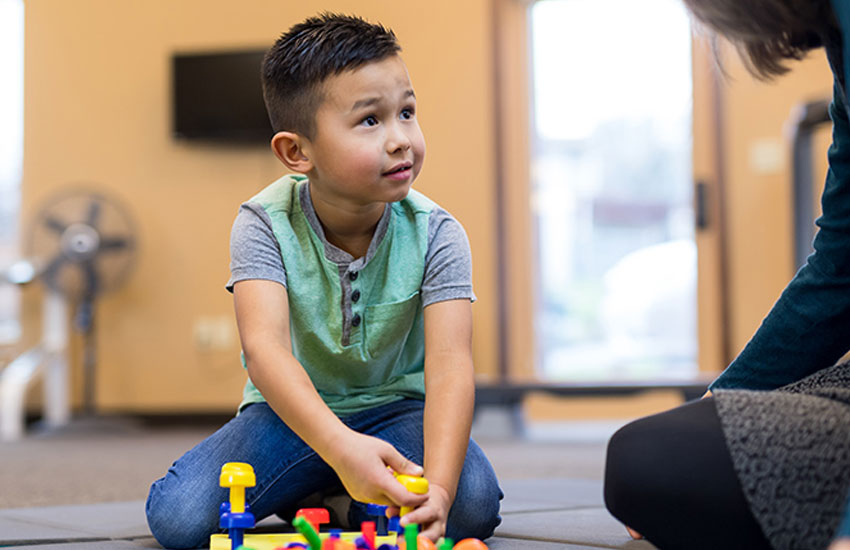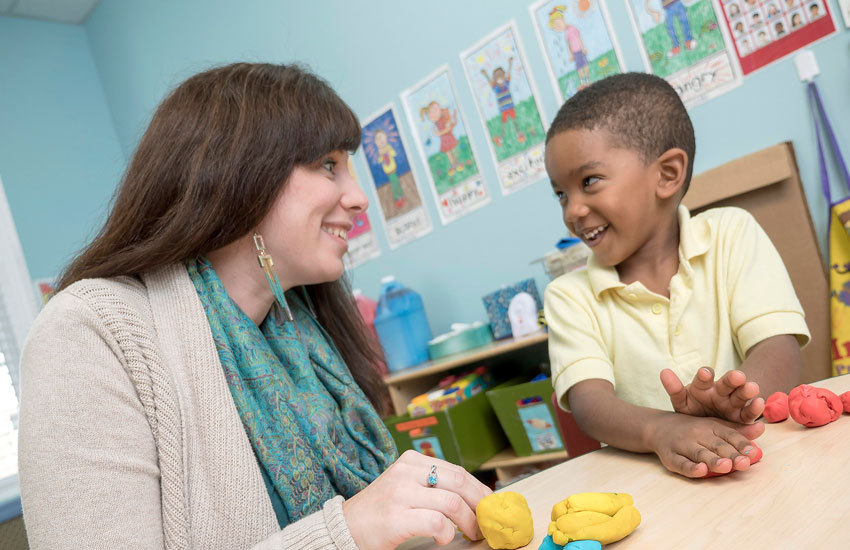Understanding Autism Spectrum Disorder
A comprehensive guide to ASD characteristics, diagnosis, and support
Autism Spectrum Disorder (ASD) is a neurodevelopmental condition that affects how individuals interact, communicate, learn, and behave.
It's called a "spectrum" because the characteristics and support needs vary widely from person to person. ASD is a complex, lifelong developmental condition that typically appears during early childhood and can impact a person's social skills, communication, relationships, and self-regulation.
While there is currently no known single cause of autism, early diagnosis helps a person receive the support and services that they need, which can lead to a quality life filled with opportunity.

Core Characteristics of Autism Spectrum Disorder
Social Interaction Differences
Persistent differences in communication, interpersonal relationships, and social interaction across different environments. This may include challenges with nonverbal communication, difficulty developing and maintaining relationships, and differences in social-emotional reciprocity.
Communication Differences
Being nonverbal or having atypical speech patterns, having trouble understanding nonverbal communication, difficulty making and keeping friends, difficulty maintaining typical back-and-forth conversational style, or challenges with the pragmatic use of language.
Repetitive Behaviors and Interests
Repeating sounds or phrases (echolalia), repetitive movements, preference for sameness and difficulty with transition or routine, rigid or highly restricted and intense interests, extreme sensitivity to or significantly lower sensitivity to various sensory stimuli.
According to the American Psychiatric Association's Diagnostic and Statistical Manual, which is used by clinicians to diagnose autism, these core features of autism must be present in early childhood but may not fully manifest until social demands exceed the person's capacity to cope with them, and challenges may be masked by learned coping strategies.
Why Autism is Considered a 'Spectrum'
Variability in Characteristics
The autism spectrum isn't a simple line from 'mild' to 'severe'. Instead, it represents the wide diversity of ways autism can present. Some individuals may excel in certain areas while facing challenges in others, creating a unique profile for each person.
Variability in Support Needs
Support needs can range from minimal assistance in daily activities to requiring substantial support throughout life. These needs may also change over time as individuals develop new skills or face different life circumstances.
Individual Differences
Each person with autism has their own strengths, challenges, interests, and abilities. This diversity within the autistic community highlights why individualized approaches to support and intervention are essential.


Diagnosis and Co-occurring Conditions
Diagnosis Process
ASD is typically diagnosed in early childhood, often around age 2, based on observations of a child's behavior and development. The diagnosis involves comprehensive evaluation by qualified professionals who assess communication, behavior, and developmental history.
Early Signs
Research shows that early diagnosis can lead to improved quality of life. Here are some signs to look for:
- Speaks later than typical or not at all (nonverbal)
- Repetition in language or movement, such as repeating the same word or sounds, hand flapping, or any repeated movement
- Atypical nonverbal communication, including avoiding eye contact, giving few facial expressions, or having a monotone
- Prefers solitary or parallel play rather than engaging in associative or cooperative play with other children
- Extremely distressed by changes, including new foods or changes in schedule
- Preference for predictable, structured play over spontaneous or make-believe play
- Strong, persistent interest on specific topic, part of a toy, or item
Co-occurring Conditions
Many autistic individuals may also have other co-occurring conditions, such as anxiety, depression, ADHD, or intellectual disability, which also require support and attention. These conditions can affect how autism presents and may influence treatment approaches.
Prevalence and Important Facts
In 2020, the Centers for Disease Control and Prevention (CDC) issued its autism prevalence report. The report concluded that the prevalence of autism had risen to 1 in every 54 – twice as great as the 2004 rate of 1 in 125. The spotlight shining on autism has opened opportunities for the nation to consider how to serve people on the autism spectrum and their families.
Although autism impacts people regardless of race or ethnicity, there are racial and ethnic disparities in diagnosis. Research indicates that more white children are identified with ASD than Black or Hispanic children, often due to barriers in access to healthcare services.
Currently, boys are also approximately 4 times more likely to have an autism diagnosis than girls of the same age. However, recent research suggests that girls may not show autism in the same way as boys and might go undiagnosed because of that.
Common Misconception
Myth: Autism is caused by vaccines.
Scientific Fact
Extensive scientific research has shown no link between vaccines and autism. Numerous large-scale studies across the globe have consistently found no evidence to support a connection between vaccines and the development of autism spectrum disorder. This misconception has been widely debunked by the medical and scientific communities.
While the exact cause of autism is not fully known, research suggests that a combination of genetic and environmental factors likely plays a role. Understanding autism as a neurodevelopmental difference rather than a disorder to be "cured" helps create more accepting and supportive environments for autistic individuals.
